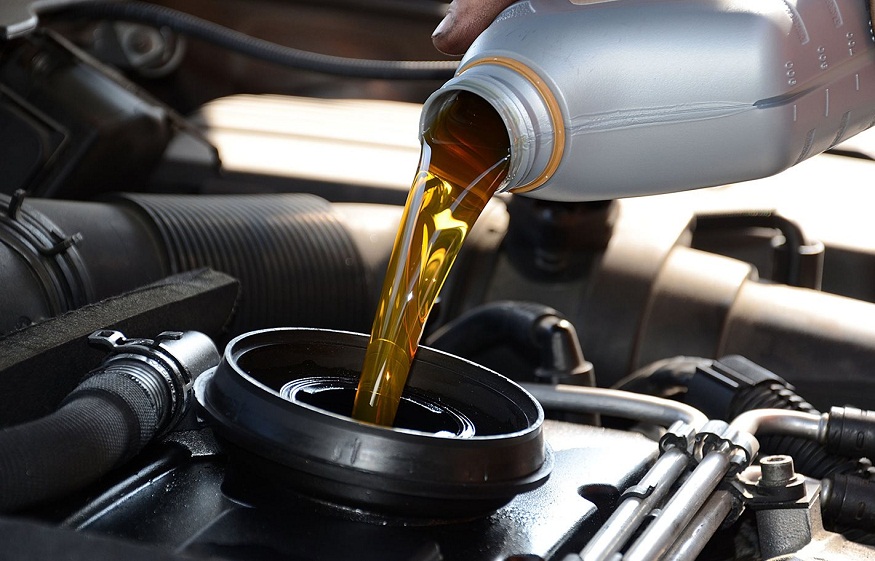Oil is the primary purpose of lubrication in any machine; a thin, dense film is formed between the metal surfaces, thus keeping them away from rubbing each other, minimising wear and tear. For optimum engine efficiency, any engine manufacturer recommends a certain degree of oil. Let us get to know about car engine oils in detail and also understand the price of car engine oil for better purchase.
What is the composition of car engine oil?
Motor oil consists typically of 80% of base oil and 20% of useful additives. The additives contain wear-free additives, enzymes, dispersants and washing detergents. The viscosity index increases the oil’s viscous quality in the working temperature spectrum of the turbine. The base oil takes care of transportation of these performance additives, reduces heat and allows the motor components the essential cooling. The lubricants oils are composed entirely of mineral oil or of synthetic oil or a combination of this oil that is often referred to as partly artificial or partly synthetic motor oils.
What are the advantages of car engine oil?
Specially designed to satisfy particular specifications, these completely synthetic engine oils typically allow engines to achieve improved performance, improve safety and increase fuel consumption. The modified fluids have often found to be highly stable and sufficiently viscous at high temperatures if it is freezing. While synthetic oils provide the best performance, they are costly. Thus, the general guidelines of the mass-market car producers are not the same to retain low service prices.
The different oils you can try out on:
The semi-synthetic are mineral and synthetic oils blended. Its composition in comparison with mineral oils is equally prepared to provide improved performance, safety and fuel efficiency. In the opposite, natural mineral oils are raw material, distilled and extracted such that waxes and impurities are eliminated.
It can be due to the molecular composition that synthetic engine oils work well. Mineral oils are primarily made up of molecules of varying forms and sizes. In comparison, synthetic oils are manufactured carefully and designed to fulfil more complex specifications in a regulated process. Artificial effects are improved lubrication, increased engine efficiency, better fuel efficacy, increased cleanliness, and increased motor life in a range of weather conditions.
How to select the best oil?
Now that you are well aware of the different factors about the car engine oil, let us have a look at the elements you need to keep in mind when selecting the best oil:
Manufacture of the car:
The first step in finding the best motor oil is to identify your vehicle’s fabric and style.
The environment in which you are driving
If you are living in a warm or cold environment or generally on paved or unpaved roads, you should respect the weather as you travel. Various conditions will exert pressure on your car in multiple ways, for example, if your machine oil is continuously changed. When evaluating the type of motor oil is correct for you, the circumstances where you live and drive are critical to remember.
Types of engine oil
You may choose the motor oil type: mineral or synthetic oil once you know the model and manufacture of the car. Simple oil makes up 80%-90% of a computer oil which chooses the oil type an essential choice. Each type of fuel has advantages and drawbacks, so it is necessary to know what suits your car and your driving style.
Grade of viscosity
You can note misleading codes with numbers and letters on the package when contrasting engine oil goods. These show the grade of viscosity and the flow resistance testing of the crude. It is an essential consideration in the quest for the correct engine oil, along with the atmosphere and driving conditions.
Two numbers define the viscosity of oil. The first number finishes with the letter ‘W,’ meaning Winter. This calculation is correlated with the movement of oil in cold weather, as in the start-up of engines. The second is how oil flows at standard operating temperatures—the second figure.
Thin, low viscosity oils flow more quickly to hold engine components warmer. Usually, dense, high viscosity oils better retain film strength to support motors at higher temperatures. By looking at the oil cap or the owner’s manual, you will find the proper viscosity for your car.

